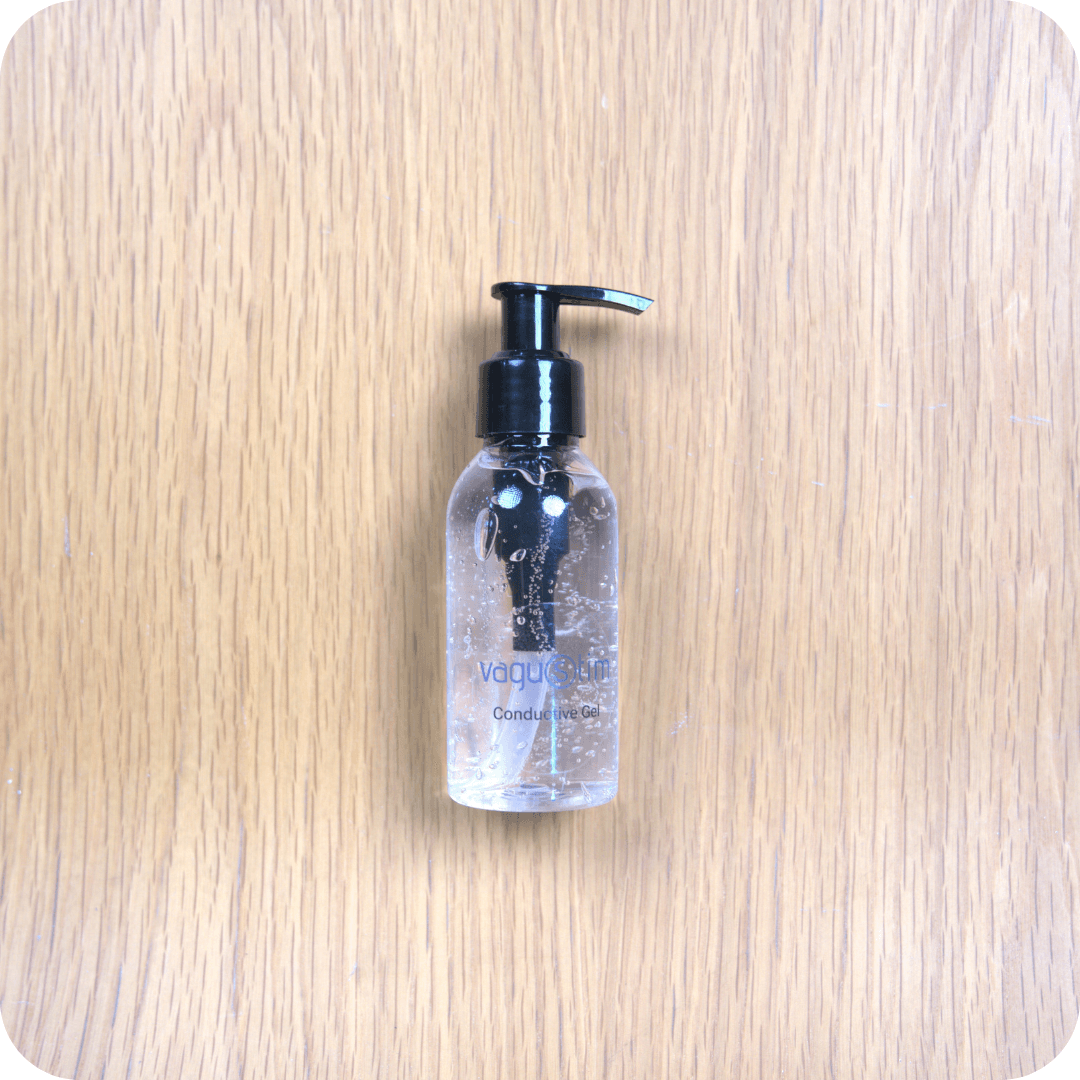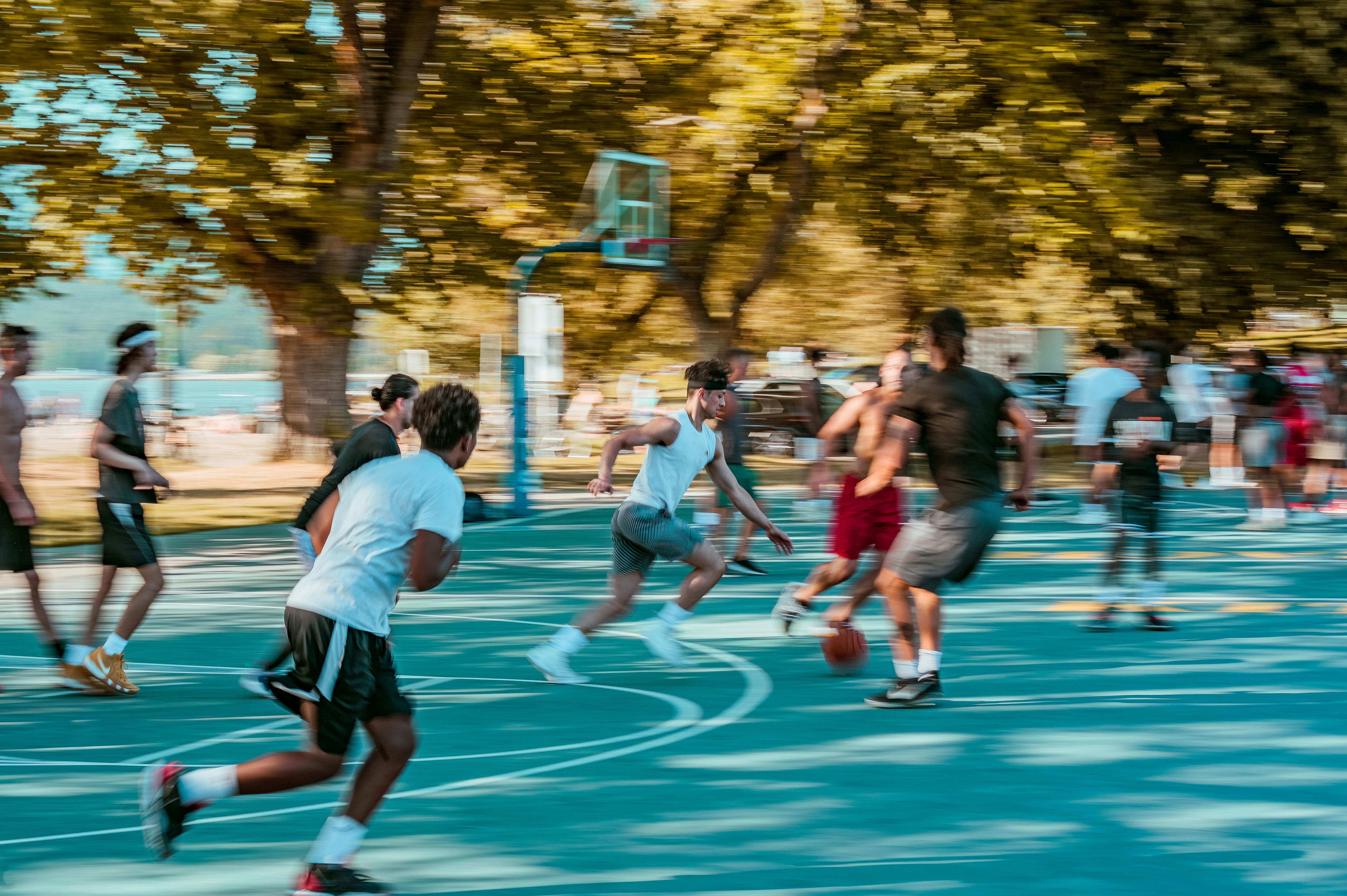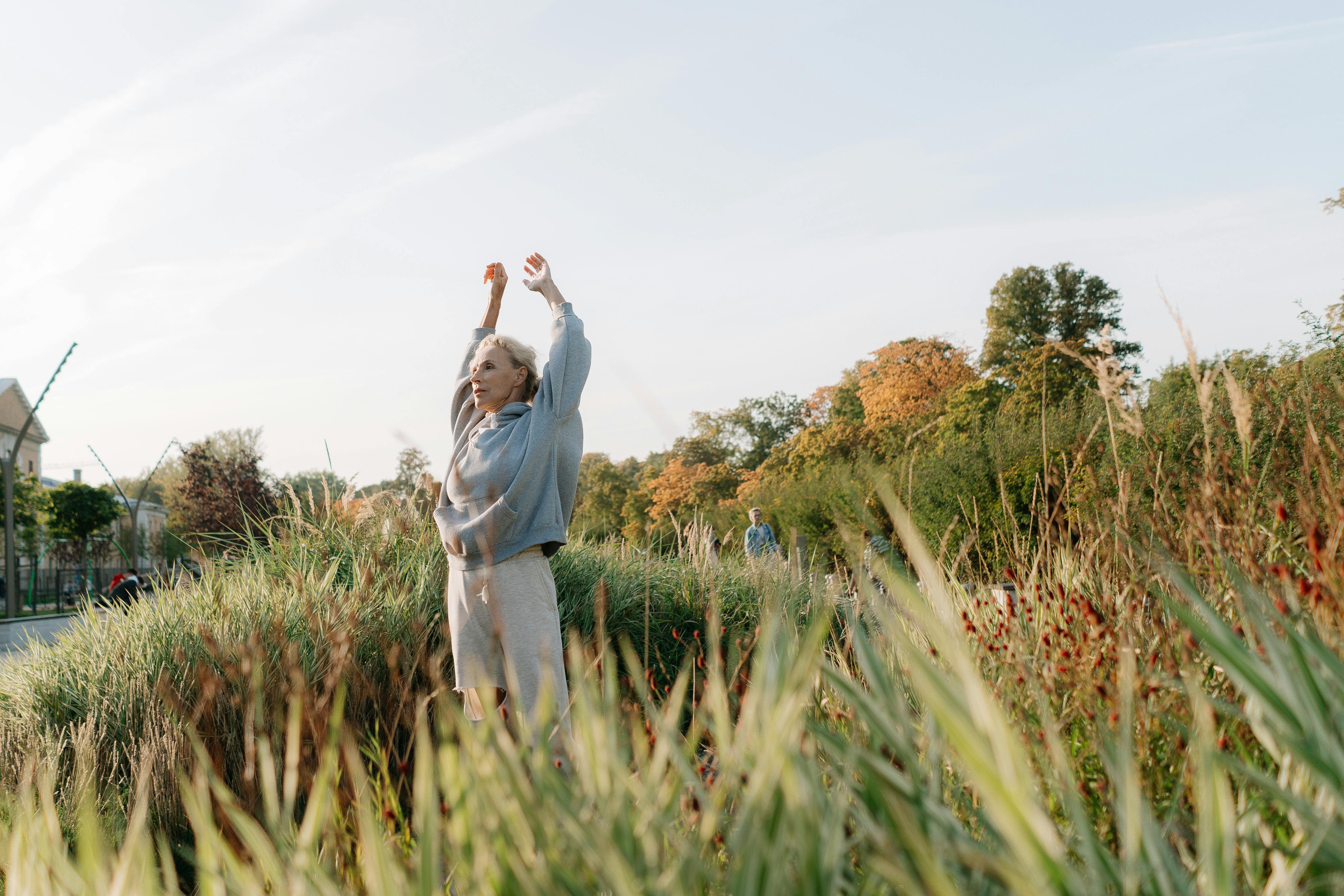Background:
This study aimed to explore how transcutaneous auricular vagus nerve stimulation (taVNS) may be associated with post-exercise recovery, fatigue perception, and physical performance indicators in a sport-like setting.
Methods:
Ninety healthy individuals aged 18 to 23 were randomly assigned to one of three groups: bilateral sham, unilateral left-sided stimulation, or bilateral taVNS. Over the course of a 4-day protocol, participants completed 30 minutes of cycling at maximum effort under a consistent watt load. Multiple physiological and perceptual measures were collected, including pulse, systolic and diastolic blood pressure, distance cycled, self-reported pain and fatigue levels, lactic acid concentration, and autonomic nervous system responses.
Results:
Within-group comparisons showed statistically significant changes across most variables (p < .05), except for distance covered. Between-group comparisons on Day 1 revealed no statistically significant differences across the measured parameters (p > .05). However, when examining changes over multiple days, bilateral stimulation was associated with more noticeable shifts in reported pain and fatigue levels compared to unilateral stimulation (p < .05).
Conclusion:
The findings suggest that bilateral auricular vagus nerve stimulation may be linked to favorable changes in perceived exertion and physical recovery over repeated exercise sessions. While no direct changes were observed in physical performance outcomes, the observed trends related to pain and fatigue perception may indicate a role for taVNS in supporting wellness routines during periods of repeated exertion. Further studies with extended protocols are recommended to explore these associations in greater detail.
Keywords: auricular; cycling ergometry; recovery; transcutaneous; vagus nerve stimulation.




